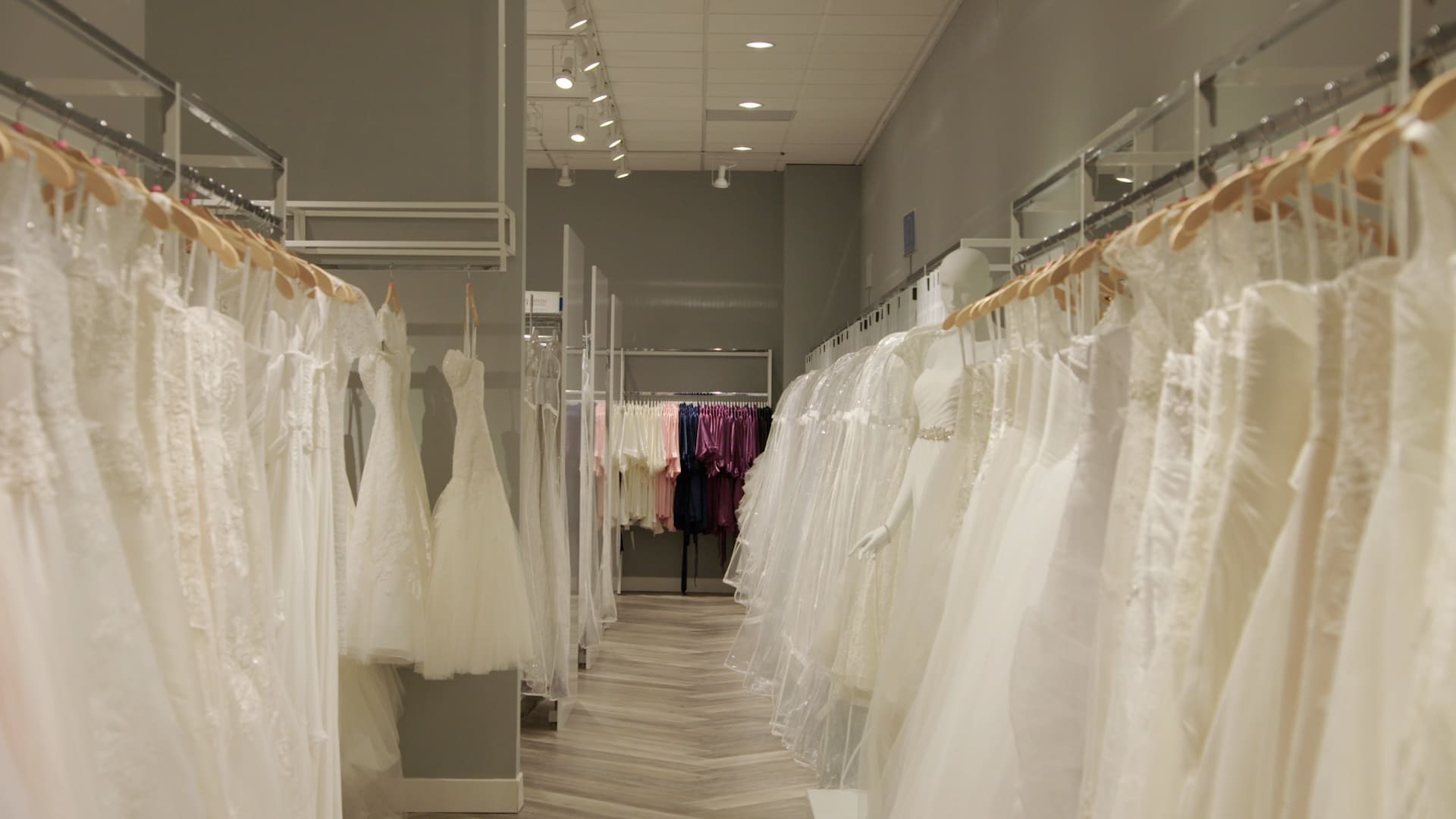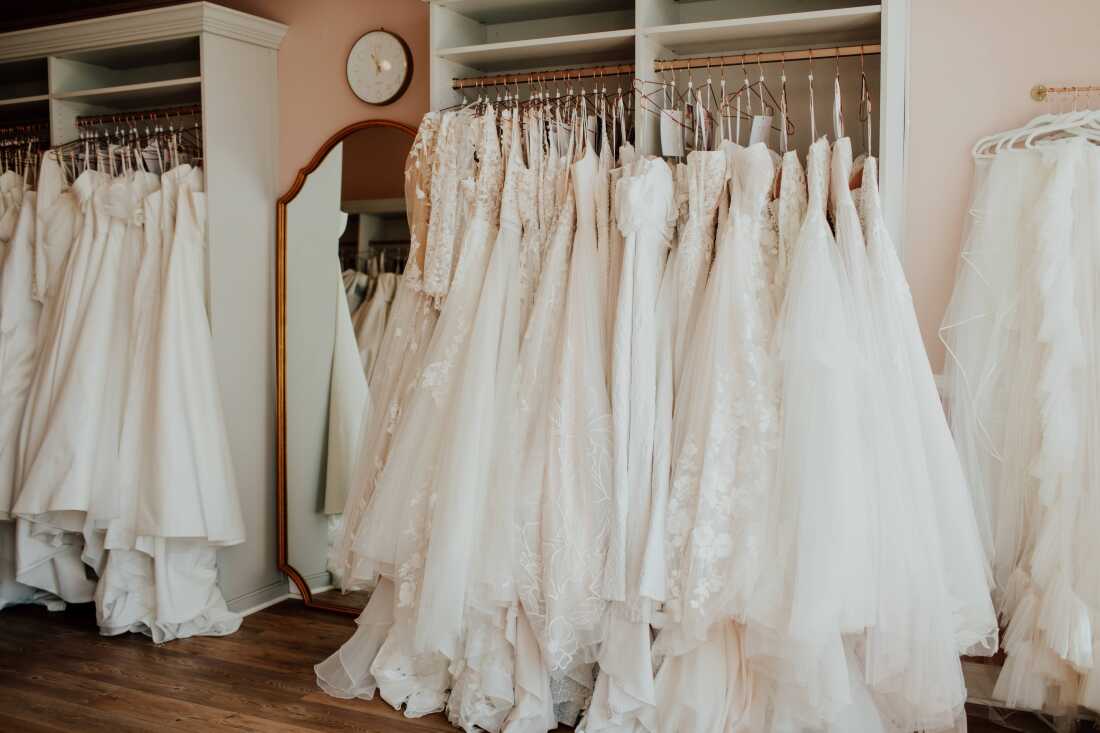The dream of finding the perfect wedding dress has become a financial nightmare for many brides-to-be in 2025. What was once a challenging but manageable expense has transformed into a budget-busting crisis, thanks to the Trump administration’s aggressive tariff policies targeting Chinese imports. With wedding dress prices potentially doubling overnight, the bridal industry finds itself caught in the crossfire of international trade tensions.
The numbers tell a sobering story: approximately 90% of wedding gowns sold in the United States are imported from China. This heavy reliance on Chinese manufacturing has made the bridal industry particularly vulnerable to the 145% tariff imposed on Chinese imports by President Trump, though this rate has been temporarily reduced to 30% until July 9 while negotiations continue. For an industry already struggling with post-pandemic recovery, these tariffs represent an existential threat to small businesses that form the backbone of America’s bridal retail.
The average wedding dress, which previously cost around $2,000 according to The Knot’s surveys, now faces potential price increases that could push costs well beyond $4,000. This dramatic spike comes at a time when couples are already grappling with rising wedding costs, with the average wedding budget reaching approximately $31,428. For many brides, the wedding dress represents one of the most emotionally significant purchases of their lives, making the financial strain particularly painful.
Small bridal boutiques, which represent thousands of independent businesses across the country, are bearing the brunt of these policy changes. Unlike large retailers with diverse supply chains, these family-owned shops lack the resources to quickly pivot their sourcing strategies or absorb the additional costs without passing them on to customers.
Small Bridal Shops Face Unprecedented Challenges
The impact on independent bridal retailers has been devastating. Sandra Gonzalez, vice president of the National Bridal Retailers Association, reports that dresses in her Sacramento shop have increased by 5% to 25% due to tariffs. Many shop owners describe the situation as a “week-to-week” struggle, uncertain how long they can avoid raising prices while maintaining their businesses.

Nancy Elster, owner of Nancy’s Bridal Shop in Cortland, New York, exemplifies the difficult decisions facing small retailers. She’s implementing a dress-by-dress pricing strategy, absorbing costs on less expensive gowns while passing increases to customers for higher-priced items. Some shops are even holding inventory in China, waiting to see if tariff rates decrease before importing.
The National Bridal Retailers Association estimates the U.S. bridalwear market at $28 billion, with thousands of independent businesses now facing potential closure. Many of these shops were already struggling with rising operational costs and competition from online retailers offering lower-priced alternatives.
Major Brands Implement Tariff Surcharges
Large bridal manufacturers have responded by implementing tariff surcharges – percentage-based fees shared between retailers and customers. Mon Cheri has added a 39% tariff surcharge for retailers, translating to approximately 15% retail price increases for brides. For a typical $2,200 dress, this means an additional $300 cost for customers.
Justin Alexander has implemented similar measures, resulting in about 6% retail price increases. A $2,000 dress now costs an additional $120, though the company absorbed costs for pre-tariff orders to honor original pricing commitments to brides.
Industry Adaptation and Supply Chain Shifts
David’s Bridal is leading the charge in supply chain diversification, accelerating efforts to move production out of China. The company has reduced Chinese manufacturing from 48% to approximately 30% of its products, shifting production to Myanmar, Vietnam, and Sri Lanka, where tariffs are significantly lower. Their goal is to eliminate nearly all Chinese production by year-end.
However, this transition isn’t without challenges. As one Connecticut bridal shop owner noted, “This kind of work isn’t something you can easily transfer back to the United States. We simply lack the technicians necessary for that.” The specialized skills required for bridal gown production, combined with the limited availability of experienced seamstresses in the U.S., make domestic production difficult to scale quickly.

